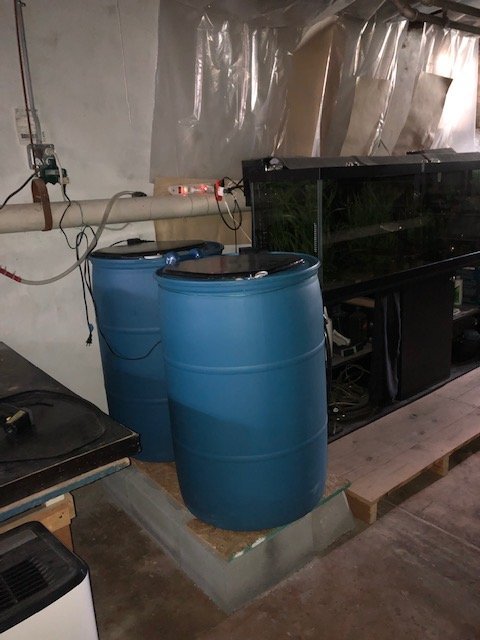Hey All,
I'd like to discuss safe methods for dealing with Chlorine.
I believe the safest method is to use a dechlorinator on a reserve water tank and aerating the container for 24 hours. We can siphon old water and muck from the aquarium, then add the resulting treated water in any amount of change water for your aquarium. The downside of this method is the cost of the reserve water tank. The upside here is safety.
The next method is dosing dechlorinator for the full aquarium volume. Basically, we are overdosing the dechlorinator to speed up its action against the chlorine, since our fishes will be exposed to chlorine for 2 minutes. What happens here is we siphon old water and muck from the aquarium (for example 25%), then add dechlorinator for the full tank volume, then add the desired amount of change water. Other people dose the dechlorinator at double or triple the change water rather than the full aquarium volume, I really don't know if its more effective. The downside to this method is that our fishes are exposed to chlorine for 2 minutes at water change. The upside is not having to buy a reserve water tank.
At the moment, I am deciding whether or not I should invest in a reserve water tank. If dechlorinator neutralizes chlorine in 2 minutes, would the risk of exposure to our dear fishes be monumental or insignificant?
I'd like to discuss safe methods for dealing with Chlorine.
I believe the safest method is to use a dechlorinator on a reserve water tank and aerating the container for 24 hours. We can siphon old water and muck from the aquarium, then add the resulting treated water in any amount of change water for your aquarium. The downside of this method is the cost of the reserve water tank. The upside here is safety.
The next method is dosing dechlorinator for the full aquarium volume. Basically, we are overdosing the dechlorinator to speed up its action against the chlorine, since our fishes will be exposed to chlorine for 2 minutes. What happens here is we siphon old water and muck from the aquarium (for example 25%), then add dechlorinator for the full tank volume, then add the desired amount of change water. Other people dose the dechlorinator at double or triple the change water rather than the full aquarium volume, I really don't know if its more effective. The downside to this method is that our fishes are exposed to chlorine for 2 minutes at water change. The upside is not having to buy a reserve water tank.
At the moment, I am deciding whether or not I should invest in a reserve water tank. If dechlorinator neutralizes chlorine in 2 minutes, would the risk of exposure to our dear fishes be monumental or insignificant?



